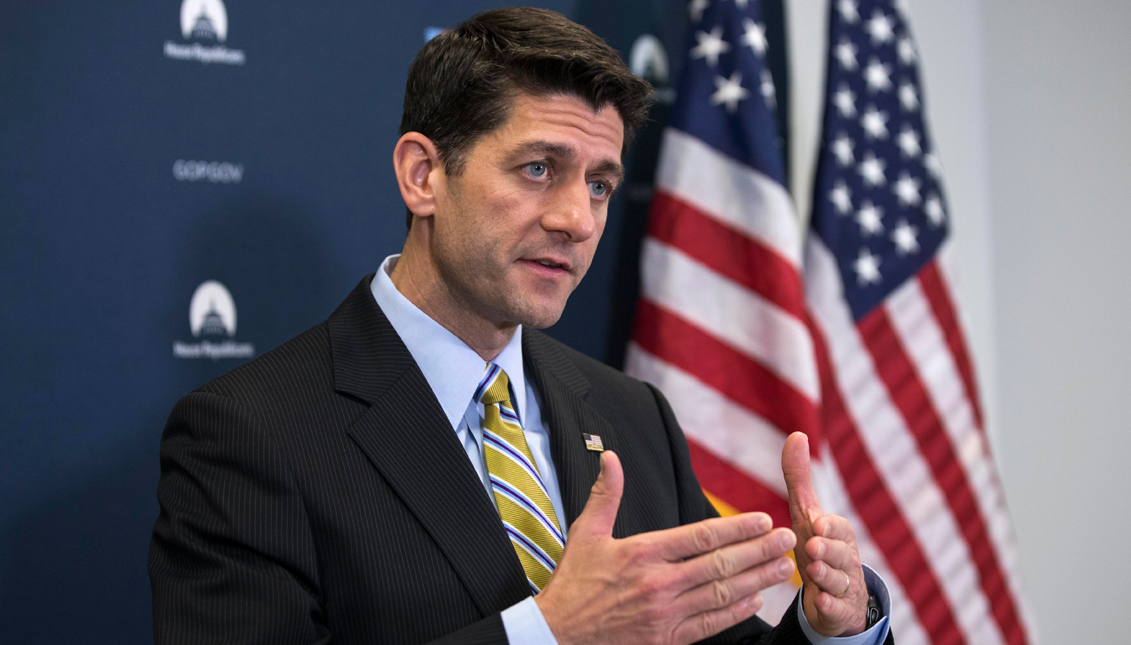
[OP-ED]: The ‘Trumpcare’ trap
MORE IN THIS SECTION
To wit:
If people have health insurance, they will use more health services -- visits to doctors’ offices, more tests, procedures and drugs -- and health spending will rise.
If spending rises too much, insurance premiums will follow, and more Americans will find private insurance unaffordable.
If the poor and others can’t afford health insurance, they won’t be covered unless someone subsidizes their insurance.
If the subsidies are cut, more people will go without insurance and the demand for health services will slow.
RELATED CONTENT
In a nutshell, that’s the story of moving from Obamacare to what some call “Trumpcare.” Obamacare vastly increased insurance subsidies for the poor and near-poor; it paid for the expansion mainly through a series of new taxes. Insurance coverage expanded. By contrast, Trumpcare would repeal most tax increases and curtail subsidies. Insurance coverage, by the CBO’s reckoning, will fall. The CBO estimates that in 2026, 52 million Americans will be uninsured, an increase of 24 million over the 28 million who would lack insurance under Obamacare.
The main action is with Medicaid, the joint federal-state insurance program for the poor. Obamacare liberalized Medicaid’s eligibility requirements and accompanied the expansion with larger subsidies for states that accepted the broader requirements. Thirty-one states and the District of Columbia did so. Trumpcare would reduce Obamacare’s generous subsidies substantially, causing some states, the CBO says, to tighten eligibility requirements or cut other Medicaid benefits. Of the 24 million drop in the insured in 2026, 14 million reflects fewer people receiving Medicaid.
The CBO also predicts that 7 million Americans would lose insurance provided by their employers, mainly because Trumpcare would effectively eliminate the requirement that large firms provide insurance to workers. Another 3 million Americans would drop — or lose — insurance from other sources, including the so-called exchanges, either because premiums would be too high or Trumpcare would effectively drop the individual “mandate” that all adults have insurance.
Just what happens now is unclear. One possibility is that Republicans will sweeten their proposals. According to the CBO, the net effect of eliminating both Obamacare’s subsidies and tax increases is a $337 billion surplus from 2017 to 2026 (that is, spending drops about $1.2 trillion and almost $900 billion of tax increases are cut). These funds could be applied to Medicaid or to the refundable tax credits that are Trumpcare’s main form of subsidy. These would reduce the uninsured somewhat.
Another possibility is to tough it out -- to proceed with the current proposal while denouncing the CBO’s estimates as inaccurate and biased. There were signs of this in the administration’s initial reaction. “We disagree strenuously with the report that was put out,” said Health and Human Services Secretary Tom Price. Or the Republicans could go back to the drawing board and start anew.
But anything they do is fraught with political and policy obstacles. Some conservatives already think the existing proposal is too generous; moderates and liberals think it is too stingy. What’s clear is that Trump and his supporters have the “repeal” part down but not the “replace.”







LEAVE A COMMENT:
Join the discussion! Leave a comment.